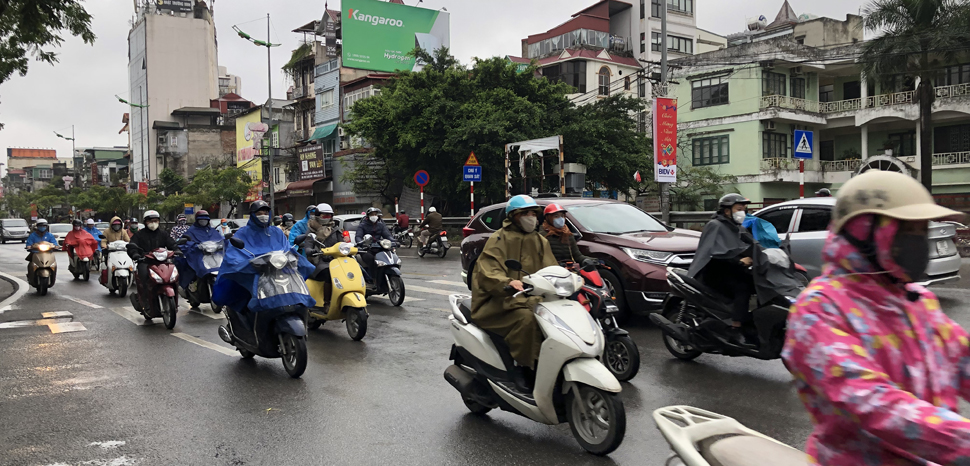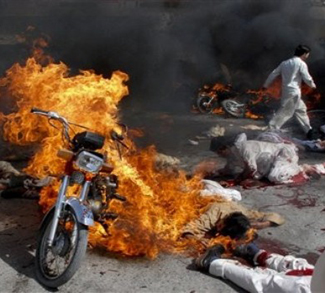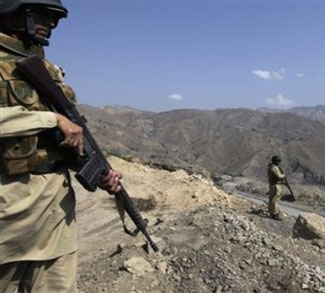The Wuhan coronavirus, which has infected 20,000 people and killed more than 425 since it was first identified in Wuhan, China, has stoked a tsunami wave of anti- China sentiment, especially in neighboring Vietnam. The deepening fears in the region needed no new fuse to reignite long-held resentment among Vietnamese toward China, resulting in swift action on the part of the Hanoi government.
Because there’s only 125 miles that separates Vietnam from the Chinese border, Hanoi knows that it must continue a fragile geo-political game with its ideological communist brother. Trade between the countries reached an estimated 106 billion US dollars in 2018, up 12.7 percent year on year. So economic policy experts don’t need to tell anyone that the relations between the two are considerably closer than either government cares to admit.
Now economic and geopolitical concerns appear to be temporarily sidelined, as Vietnam goes on high alert, and has wasted little time in declaring a public health emergency and suspending all flights to and from China. It also introduced a temporary ban on tourist visas for Chinese visitors.
These health-motivated directives weigh heavily on the economy. Chinese visitors comprised almost 30 percent of the approximate 15.5 million international travelers who arrived in either Hanoi or Ho Chi Minh City last year and translated into $30 billion from both the domestic and international market.
China represents the world’s largest market for outbound travel, with over 150 million travelers, and has contributed 51 percent of the travel and tourism GDP in the Asia-Pacific region in 2018, according to the World Travel and Tourism Council (WTTC). As China’s passport ownership increases from the current 10 percent of the population to an expected 20 percent, there’s a corresponding rise in the global level of Sinophobia.
When I lived in Hong Kong during the severe acute respiratory syndrome (SARS) outbreak, I recall the familiar fears and xenophobia displayed towards mainland Chinese since the viral outbreak started in China in November 2002 and reached its peak in March 2003. The infectious disease spread from the Kwong Wah Hospital corridors to Amoy Gardens, a housing estate in Kowloon.
I recall how this deadly virus reached epidemic proportions so quickly leaving health and hospital authorities totally unprepared. Several hundred medical healthcare workers developed SARS and 8 of them died. This disease brought tourism to a halt in Hong Kong and the Star ferry, a symbol of Hong Kong, was empty of tourists. When the virus had run its course and was finally contained, nearly 8,100 people were infected and ended with 774 deaths globally.
In an emergency response to the Wuhan coronavirus, Hong Kong authorities announced that most of its border crossings with mainland China will be closed in a further push to control the spread of the disease. This executive border closing order was issued largely as a result of the strike by more than 2,500 Hong Kong doctors, nurses and hospital workers, who were angry about the government’s response to the virus.
It’s far too early to forecast how Vietnam’s travel ban will impact on foreign direct investment especially from Beijing’s decision the past year to relocate manufacturing operations into the country because of the current US trade tariffs. To be clear, Chinese investments in Vietnam do not always translate into allaying anti-Chinese attitudes. Too many projects have been plagued by huge cost overruns, high interest loans, ballooning public debt and favorable tax and lax environmental rules coming at the people’s expense.
Meanwhile, Hanoi’s media gatekeepers have granted its state-controlled media the surprising freedom to report on all rapidly unfolding health related information on the virus. In sharp contrast to China’s lockdown on the flow of news, Hanoi’s leadership led by Prime Minister Nguyen Xuan Phuc wants to stay ahead of any false social media posts. Just two weeks ago, he expressed a desire to enhance economic relations with China but reasserted Vietnam’s right to defend its interests and sovereignty in the South China Sea.
In my field reporting in Vietnam, I have witnessed all too often the palpable tensions between Beijing and Hanoi over what China calls the South China Sea and Vietnam the East Sea, an area where marine surveys indicate vast deposits of oil and gas, vital shipping lanes traverse, and fishing rights are of national interest to Beijing and Hanoi.
Vietnam’s Communist Party knows all too well how locals have responded with violent protests to previous Chinese actions ranging from environmental disasters like the Formosa Steel plant in Ha Tinh, where toxic chemicals were discharged into the East Sea; the standoff over Beijing’s maritime survey and placement of the vessel Haiyang Dizhi 8; escorts around an offshore block in Vietnam’s EEZ; the film, Abominable, which contained the disputed nine-dash line; and even to Chinese tourists wearing tee-shirts illustrated with their nine-dash line claims.
In 2014, China’s move to send an oil exploration rig into waters contested with Vietnam sparked anti-Chinese riots that killed an unconfirmed number of Chinese and forced hundreds of others to evacuate.
In many dispatches, I have documented conversations with Vietnamese fishermen, who never hesitated to express their anger towards China. These beleaguered frontline fishers have survived numerous assaults on their colorful wooden trawlers from Chinese steel-hulled boats. They believe that China’s land reclamations endangered fish stocks, threatened marine biodiversity, and disrupted their livelihoods.
While no one is cheering the current global health threat, sealing borders and banning flights from China offer little respite to the Vietnamese from Beijing’s unfavorable actions dating back over 1,000 years.
The views expressed in this article belongs to the author alone and does not necessarily reflect those of any institutions with which the author is associated with or Geopoliticalmonitor.com.




